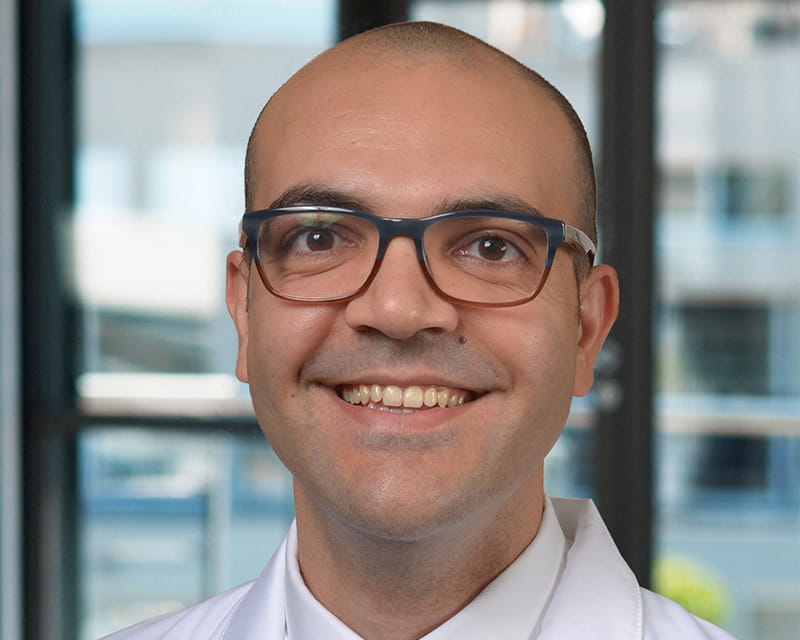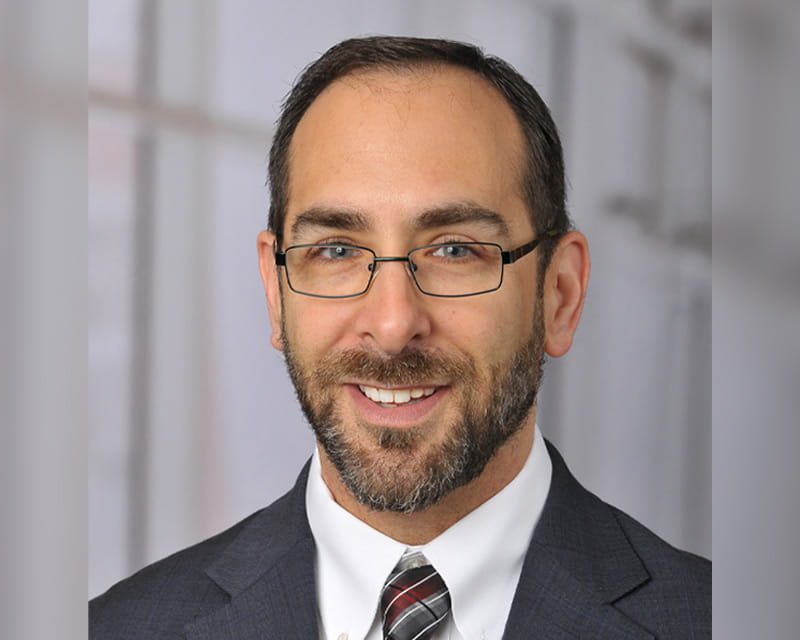
The Ohio State University Wexner Medical Center expands treatment options for patients with COPD
 When pulmonologist Jeffrey Horowitz, MD, joined The Ohio State University as the new director of the Division of Pulmonary, Critical Care and Sleep Medicine in January 2020, he came with 15 years of experience as a physician, educator and investigator — and he brought an active grant from the National Institutes of Health.
When pulmonologist Jeffrey Horowitz, MD, joined The Ohio State University as the new director of the Division of Pulmonary, Critical Care and Sleep Medicine in January 2020, he came with 15 years of experience as a physician, educator and investigator — and he brought an active grant from the National Institutes of Health.
In addition to serving as the new director of Ohio State’s Division of Pulmonary, Critical Care and Sleep Medicine, Dr. Horowitz will continue the R01-funded research he initiated in his previous role at the University of Michigan. His efforts may pave the way for targeted interventions for idiopathic pulmonary fibrosis (IPF).
Even though IPF is relatively rare, scientists like Dr. Horowitz are determined to better understand the condition so they can stop — or even reverse — its characteristic accumulation of scar tissue.
“We believe fibrosis is the result of an abnormal repair response to lung injury, and we know there are genetic underpinnings that contribute to this response,” Dr. Horowitz says. “However, we don’t know the specific cause of IPF, nor can we accurately predict how quickly the disease will progress in an individual patient.”
Although some people with IPF remain stable for a long time, others rapidly progress to respiratory failure. On average, patients only survive three to five years following diagnosis.
“The only lifesaving treatment is lung transplant, and that’s only available to certain patients,” Dr. Horowitz adds. “For the most part, we’ve only been able to help people maintain their quality of life with supportive care, such as pulmonary rehabilitation and oxygen therapy.”
In 2014, the U.S. Food and Drug Administration approved two drugs that slow the progression of IPF, but physicians have no way to predict which patients will have the best response to these treatments.
Fortunately, years of research by Dr. Horowitz and his colleagues have led to new insights into fibroblast behavior — which may be key to critical therapeutic targets in the future treatment of lung fibrosis.
Much of Dr. Horowitz’s research has centered on a key question: What causes fibroblast cells to behave badly?
“Fibroblasts are versatile cells responsible for the synthesis and organization of scar tissue,” he explains. “These are the cells that move into an injured area and lay down the substrate that allows epithelial cells to repopulate and close the wound. They also organize the underlying matrix that brings strength to the scar.”
During a normal repair, fibroblast cells die once they’ve done their jobs. However, Dr. Horowitz and his team discovered that in some cases, fibroblasts resist apoptosis and continue building scar tissue.
“Our lab found that a cell death regulator called X-linked inhibitor of apoptosis protein (XIAP) is overexpressed in fibroblasts isolated from IPF patients,” Dr. Horowitz says. “We also confirmed that a cytokine called transforming growth factor beta, which can activate a number of anti-apoptotic signaling pathways, induces XIAP expression in fibroblasts. This, in turn, helps fibroblasts evade programmed cell death and allows them to maintain collagen production.”
Using both in vivo and in vitro models, the team demonstrated that XIAP can be blocked pharmacologically, which restores fibroblast sensitivity to apoptotic stimuli. Their preliminary data also suggest a pharmacologic compound that inhibits XIAP, along with a group of related proteins in the inhibitor of apoptosis proteins (IAP) family, diminishes lung fibrosis in mice.
Now in the second year of his most recent R01 grant renewal, Dr. Horowitz aims to take his research one step further. He’s studying the role of XIAP and some related proteins to better understand how they regulate apoptosis in fibroblasts.
“We’re using transgenic mice to knock out XIAP systemically and in fibroblast cells alone to determine how the absence of this protein impacts fibroblast activity,” he explains. “We hope to eventually identify novel druggable targets that halt lung fibrosis — and perhaps even re-establish some degree of normal lung function.”
Dr. Horowitz, a professor at the College of Medicine, says he’s looking forward to continuing his career at Ohio State, which has been designated a Pulmonary Fibrosis Foundation Care Center Network site.
“It’s important for patients with interstitial lung disease, including IPF, to seek care from academic medical centers and other institutions that are on the leading edge of research,” he adds. “Now more than ever, we should be enrolling eligible patients in clinical trials so that we can help advance new, lifesaving treatments more quickly.”
Learn more about innovations in care and research from the Division of Pulmonary, Critical Care and Sleep Medicine.